At the start of 2020 one of the things on my ‘to do’ list was to finally attend one of Shuttleworth’s air displays at Old Warden. As the Covid 19 pandemic took hold and events were being cancelled around the Country, not only air displays, this looked highly unlikely. As the lock-down eased slightly towards the end of June Shuttleworth announced its intention to hold what is believed to be a World first, a drive-in air display. For the ticket cost of fifty pounds a car, with all occupants, would be admitted and parked in its own 5×5 metre box space. The occupants would be allowed to sit outside their car inside the box. There would be three parking zones A, B, and C with each zone having its own dedicated toilets, catering stands and marshals, you would be allowed to leave your box to use these facilities then return. Each of these areas were well marked with lined to que socially distanced along with hand sanitize stations to use. Commentary for the display would be via FM radio rather than a public address system so everyone would be able to hear.
We were parked in zone B which along with zone A was in the main museum area near to the hangers, control tower and where display aircraft were parked. Zone C was further down the flight line but with an increased display line and re-positioned display centre you would get a good view of the displays wherever you were parked. Marshaling for the parking was very good, each car being parked on the left of its box to create a natural barrier between the occupant’s space and the next. Any event of this nature is highly reliant on the weather and it is fair to say it was near perfect dry sunny afternoon and evening enabling visitors to sit outside their cars and have a picnic while enjoying the flying.
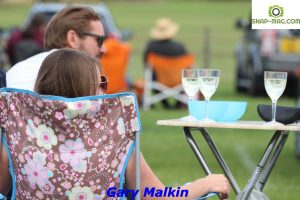
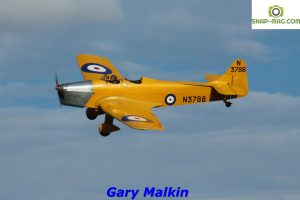
It was rather fitting and appropriate that the flying display was opened by John Romain flying the Aircraft Restoration Company’s Spitfire PR.XI carrying the message ‘Thank you NHS’ on its underside. On the still summer evening it was great to hear the Rolls Royce Merlin working as Romain displayed the Spitfire as only he knew how. This was followed up by a tribute to Army Co-operation aircraft with a trio from the collection, Lysander, Po2 and Cub. Each type was able to display their slow speed maneuverability along with short take-off and landing abilities and represented the British, American and Russian air forces of World War Two. While they were displaying the first of the gliders was being towed to height by the SVAS owned 1961 Piper Super Cub. The 1938 Schneider SF38 Primary glider sees the pilot sitting in their seat perched on top of the narrow fuselage with the wing overhead. On its decent the pilot performed a number of tight turns as the glider spiraled down to land.
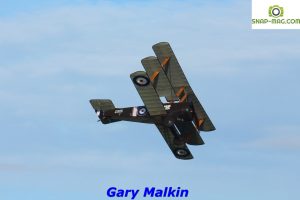
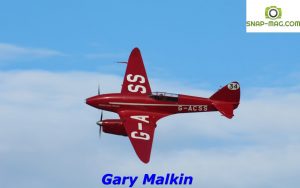
The pace and mood changed for the next display as the Pitts S1 bi-plane performed as series of higher g faster aerobatics including lops and rolls before landing. A pair of the collection training aircraft then took to the sky, the Miles Magister performing a solo display before the Piston Provost demonstrated some slow speed higher altitude aerobatics. Changing pace again it was back to the 1920’s with a pair of De Havilland bi-planes, the 1924 DH.51 ‘Miss Kenya’ and from 1928 the DH.60x Moth. It was then back to World War One with the Collection’s radial engine 1916 fighter aircraft pair from Sopworth, the Pup and the Triplane. Whilst they performed their display the second of the gliders was being towed to height for its display, the 1955 Fauvel AV-36. This glider again had an unusual appearance with an enclosed cockpit in a short fuselage just big enough to accommodate the pilot and a large wing section that accommodates a twin tail. This glider appeared far more agile again performing tight turns as it spiraled down but also a series of tight loops.
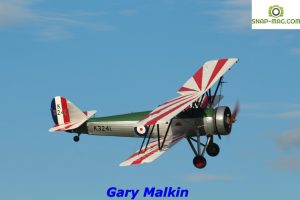
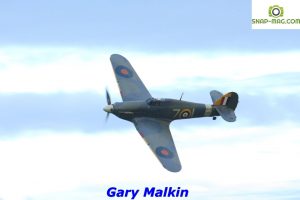
The pace then increased once again as it was the 1930’s air racers that took to the air. The collections famous 1934 DH88 Comet racer was joined for some formation flypasts by a pair of 1936 Percival Mew Gull racers. Following their formation flypast the Comet, winner of the 1934 MacRobertson air race from Mildenhall to Melbourne, performed a solo display its red livery catching the evening sun as the pair of Mew Gull’s performed more flypasts. These were followed by a solo display from the 1931 Avro Tutor trainer, another to catch the evening sun in its Central Flying School aerobatic team colours. Next came a more fun element to the display with the barnstormers as the Collections Magister, Tiger Moth, Super Cub and Chipmunk took their turns at a number of tasks. These included popping balloons with the aircraft propeller, cutting a toilet roll streamer in the same fashion before attempting to fly low under a clothesline. With the wind speed at altitude deemed to great it was decided that the Collection’s Edwardian aircraft would not fly after the main display so it was to the final two acts to close the display. Again back to the days of World War One with the 1918 Sopworth Camel reproduction being joined by 1917 Bristol M1c monoplane. Following their flypast’s, its was to the traditional display finale as the air again filled with the sound of the Rolls Royce Merlin. This time it was two as the Collection’s Hawker Sea Hurricane and Spitfire Vc performed flypasts as a pair before separating for their solo displays to close the show.
In all the display was very well organised and Shuttleworth should be congratulated for exploring this unique way to enjoy an air display. Everything had been well planned and executed with spectators observing the rules in place keeping everyone safe. A very relaxed afternoon and evening with a great flying display and expert commentary. We would definitely return for another drive in display in the future.
Photo Gallery
https://www.facebook.com/media/set?vanity=2061747147426100&set=a.2824948037772670
Gary Malkin

Leave a Reply